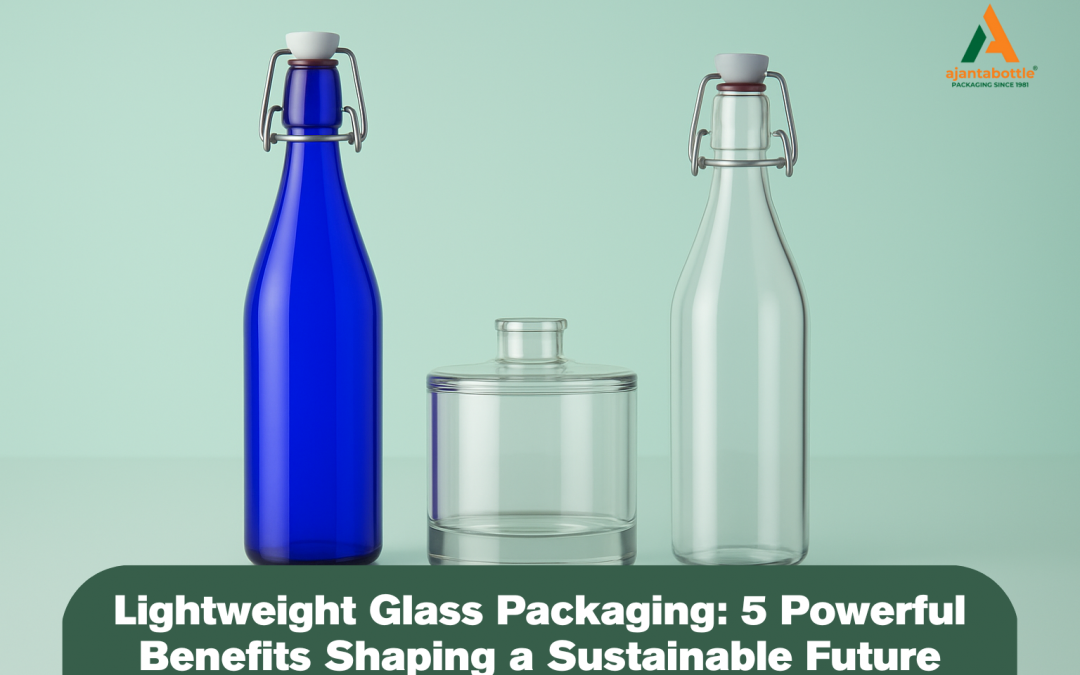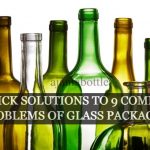With the current sustainability consciousness, business and consumers are increasingly opting to use a balance between functionality, aesthetics, and environmental responsibility in the packaging solutions. One of the most innovative solutions to this demand has been lightweight glass packaging. Lightweight glass possesses the same positive attributes, as the traditional glass, including purity, recycling, and the sensation of the quality, except that in addition to its traditional attributes, it has a bonus of less material consumption, decreased emissions, and improved price to use factor.
In the example of food, beverages, pharmaceuticals, cosmetics and personal care, lightweight glass is not only a packaging trend, but also a strategic direction, which not only satisfies the expectations of the consumers, sustainability objectives worldwide, but also brand value.
What Is Lightweight Glass ?
Lightweight glass can be defined as bottles, jars, and containers whose design ensures that the packaging consumes minimal raw material at the same time being durable, functional, and aesthetically pleasing. Lightweight glass refers to the bottles,jars and containers that are designed with minimal raw materials and which
Key Features:
- Reduced glass weight without compromising strength
- Lower carbon footprint across production and logistics
- Recyclable and endlessly reusable
- Compatible with available systems of filling, sealing and distribution.
The manufacturers of glass containers are able to cut down the thickness of the glass containers by up to 30 percent whilst still providing the same quality and performance of the glass containers.
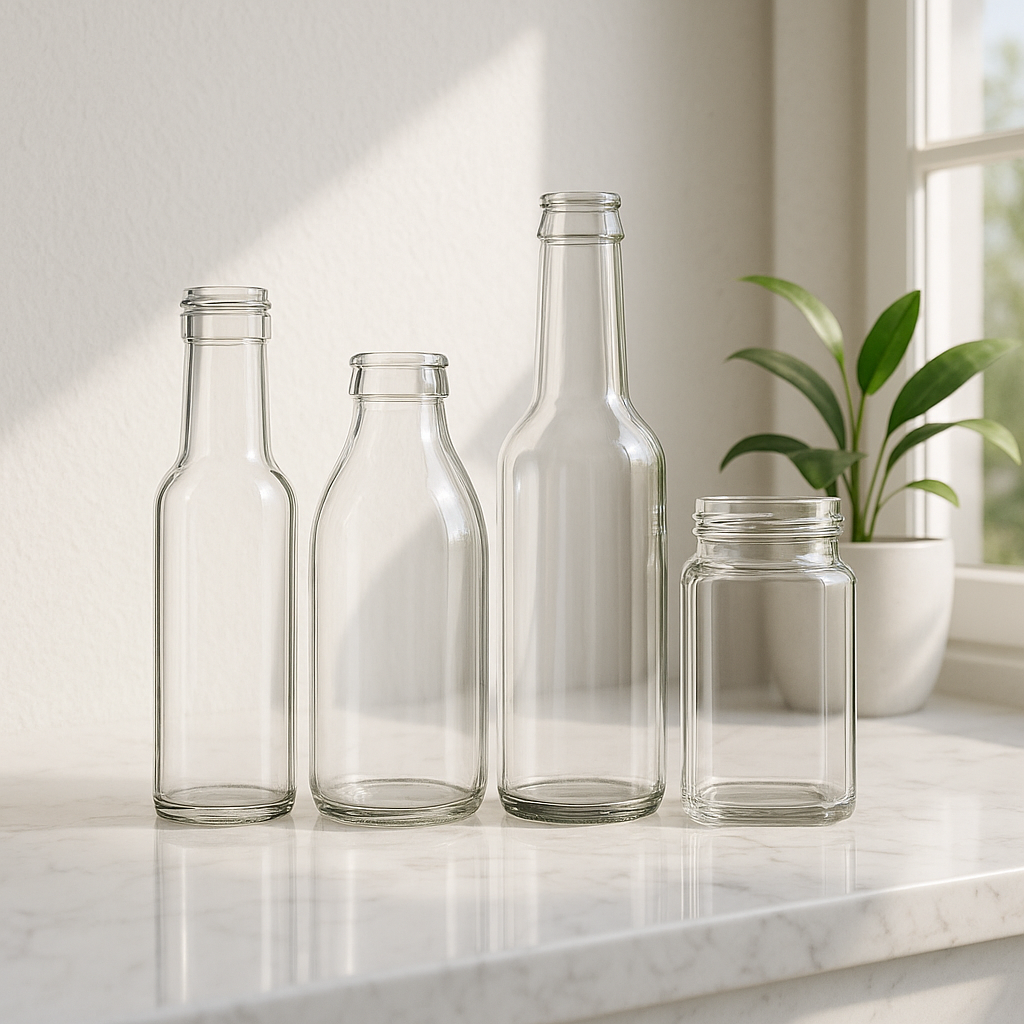
What brands are adopting lightweight glass as packaging?
Lightweight glass packaging is increasingly used by brands in the beverages, cosmetics, pharmaceuticals, and food industries as it is a strong contender that combines sustainability, performance, and cost-cutting elements. The current competitive market has presented business organizations with the challenge of reducing their environmental footprint and remain intact in as far as product quality and consumer trust are concerned. The perfect product is light glass packaging, which would provide the same invaluable characteristics of glass with new design with less consumption of resources.
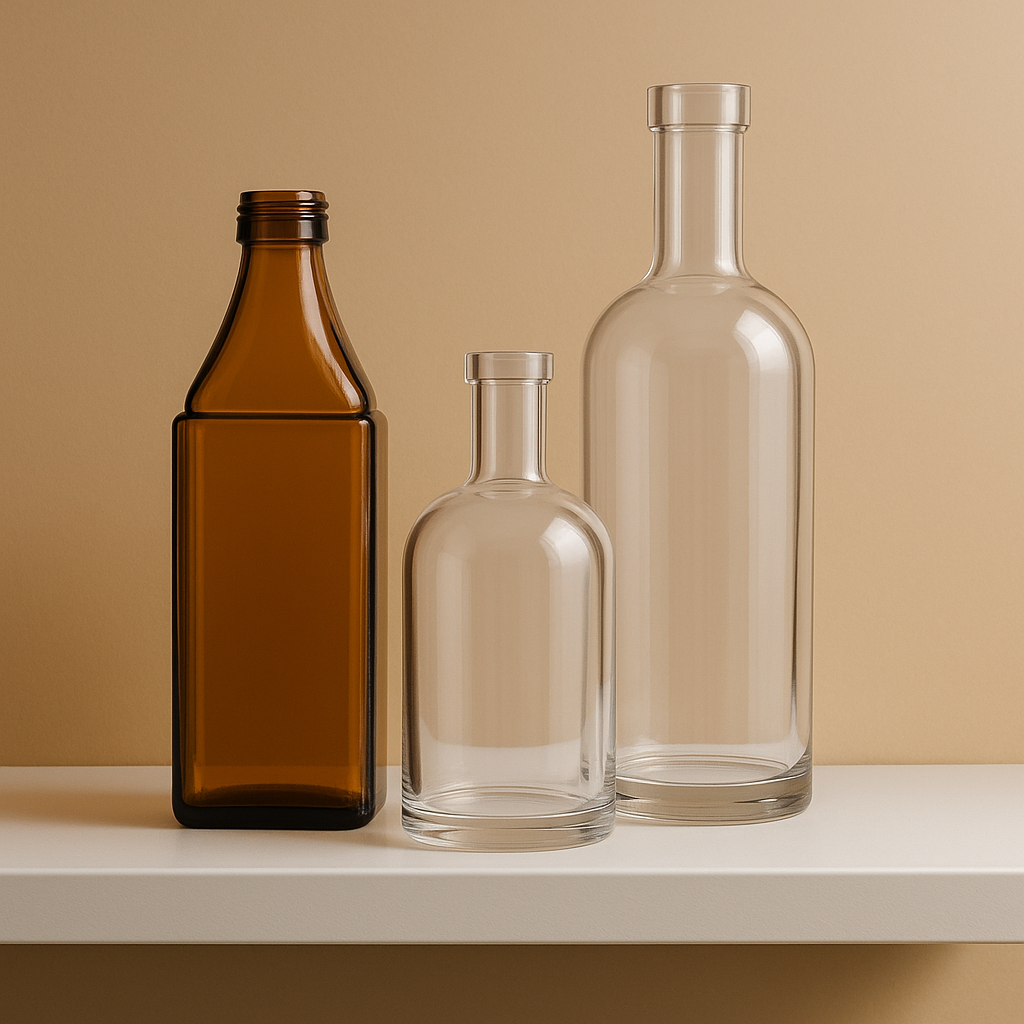
- Lower carbon footprint – Lightweight glass packaging reduces overall transport weight, minimizing the content of raw material and the total weight of transportation, thereby greatly lowering the emission of CO 2 throughout the supply chain.
- Reduced cost – The cost of production reduces due to the production using less glass, and the cost of shipping and logistics decreases due to the lightweight of the containers, and brands save on operational budgets.
- Better handling- Smaller weights of bottles and jars are more convenient to carry, stack, and transport and reduce the strains of workers and decreases the chances of breakages in storage and distribution.
- Sustainability compliance – As the global regulations become tighter, and producer responsibility (EPR) is extended, brands have brought in lightweight glass packaging to achieve their sustainability goals and attract consumers with an eco-friendly mindset.
- Energy efficiency – Glass furnaces consume less energy when producing lighter containers, further reducing the environmental footprint of manufacturing.
What are the main benefits of lightweight glass packaging?
Lightweight glass packaging has several benefits which is shaping the future of sustainable packaging. These are five most effective advantages:
1. Emission of lower carbon and environmental Impact.
Lightweight glass packaging has a tremendous impact in light cycle CO 2 emissions because it utilizes less raw glass and each container weighs less. In production to delivery, the decreased weight can be used to reduce the level of energy and fuel consumption, which makes it one of the biggest contributors to overall cutting the environmental footprint.
2. Cost savings in materials and shipping
Cost effectiveness is one of the greatest adoption drivers. Glass with low weight uses less raw material to manufacture the package and the unit cost is low. Also, the low weight contributes to the low shipping and logistics costs, and the company will save money without compromising on the quality of packaging.
3. Enhanced Handling, Logistics and Efficiency.
Smaller containers will be easier to handle, roll, and move in the supply chain. This enhances the safety of the workers, strain, and minimizes the possibility of breakage. Lightweight glass packaging is more efficient and convenient in warehouses and even on the consumer level.
4. Ensuring Product Safety and Quality.
Lightweight glass packaging is durable and with a high barrier properties in spite of being lighter. The products are safe, fresh, and well-protected, so it is applicable to such industries as beverages, cosmetics and pharmaceuticals. This is the weight reduction but the quality is not compromised and this is one of its strengths.
5. Brand & Regulatory Advantage
With the increasing sustainability regulation and consumers requiring more environmentally friendly packaging, lightweight glass packaging can be used to satisfy their needs. It does not only assist companies in addressing packaging laws but it also enhances brand position by emphasizing eco-conscious principles. The lightweight glass packages may help the companies emerge as leaders in terms of sustainability and yet remain as the instrument of premium image.
Lightweight glass bottles vs Plastic bottles vs Aluminium bottles.Which is better?
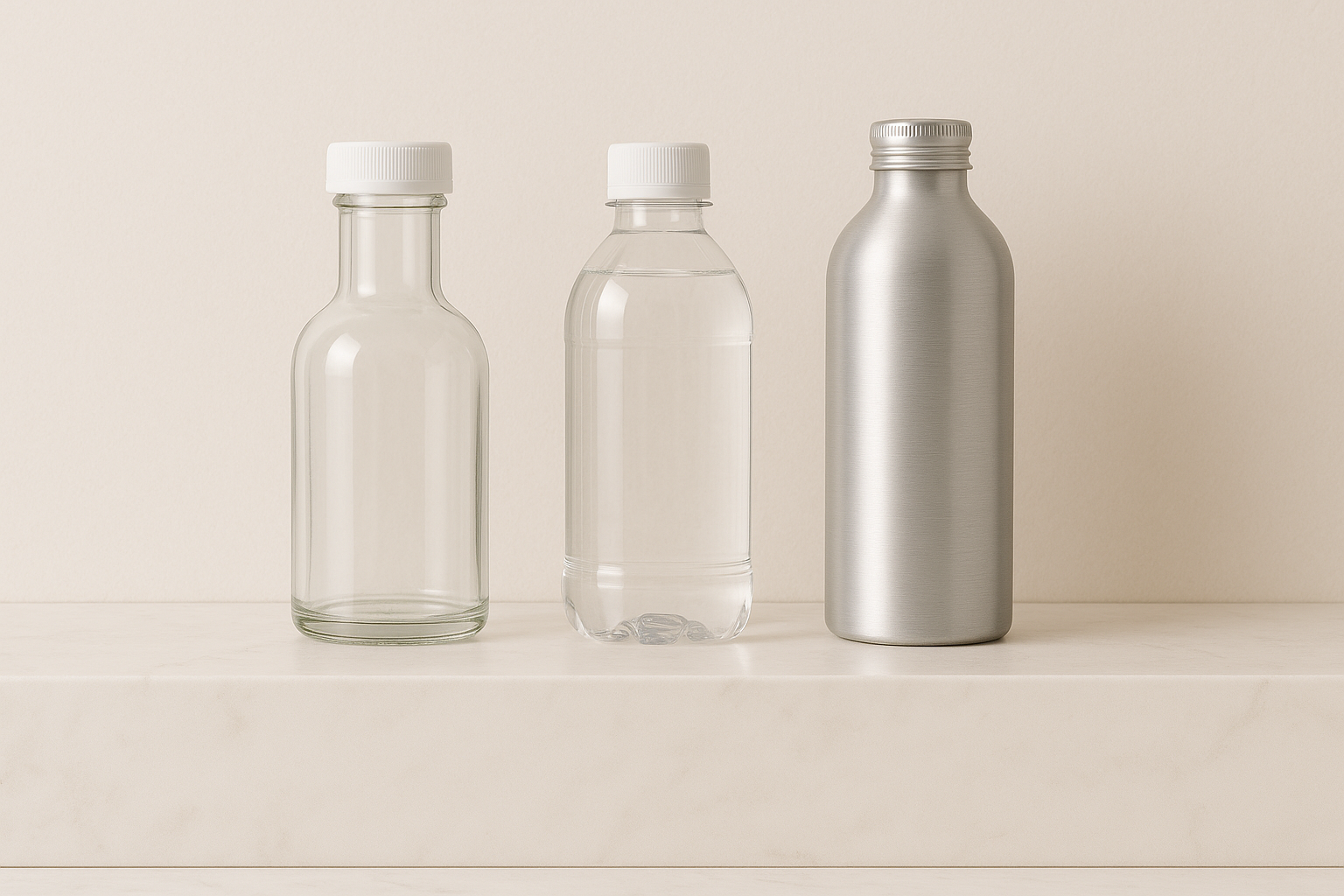
| Factor | Lightweight Glass Packaging | PET (Plastic) | Aluminum |
| Barrier & Inertness | Chemically inert, no leaching, excellent barrier against oxygen & moisture. | May allow gas permeation and chemical leaching over time. | Requires protective coatings to prevent reactions with contents. |
| Recyclability & Circularity | Infinitely recyclable with no loss of quality. True circular economy material. | Recyclable but quality degrades after multiple cycles. | Recyclable but energy-intensive process. |
| Weight & Density | Heavier than PET/aluminum, but much lighter due to innovations in lightweighting. | Extremely light and easy to transport. | Light but slightly heavier than PET. |
| Premium Perception | Considered premium, trusted, and eco-friendly by consumers. | Seen as mass-market or disposable. | Functional, not typically perceived as premium. |
| Environmental Impact | Reduces raw material use, CO₂ emissions, and waste through lightweighting. | Creates microplastic pollution and higher waste concerns. | Mining and recycling processes are resource-intensive. |
| Product Suitability | Ideal for beverages, cosmetics, and pharma where safety & image matter. | Good for cost-sensitive, lightweight needs (water bottles, FMCG). | Suitable for canned beverages, aerosols, and sealed foods. |
| Cost Dynamics | Saves cost through reduced raw material and shipping weight; strong long-term value. | Lowest upfront cost; high volume efficiency. | Moderate cost; higher recycling energy requirements. |
Both PET and aluminum have advantages in terms of weight and cost, but the most balanced solution in terms of sustainability, performance, and consumerism are the lightweight glass packaging. Not only does it reduce environmental impact, but it also conforms to the purpose of the circular economy but also ensures the quality of goods and provides the image of high-end that would be appealing to the environmentally-conscious customers. Lightweight glass is indeed smarter than both PET and aluminum in the case of the brands, which would like to achieve long term value and a green future.
Industry Applications of Lightweight Glass Packaging
Beverage Industry
- Beer, wine, and spirits brands adopt lightweight glass packaging for premium feel without excess transport costs.
- Carbonated drinks benefit from strong yet lightweight glass bottles

Food and Condiments
- Sauces, jams, honey, and spreads often use glass for safety and flavor preservation. Lightweight glass packaging extends this advantage while lowering costs.
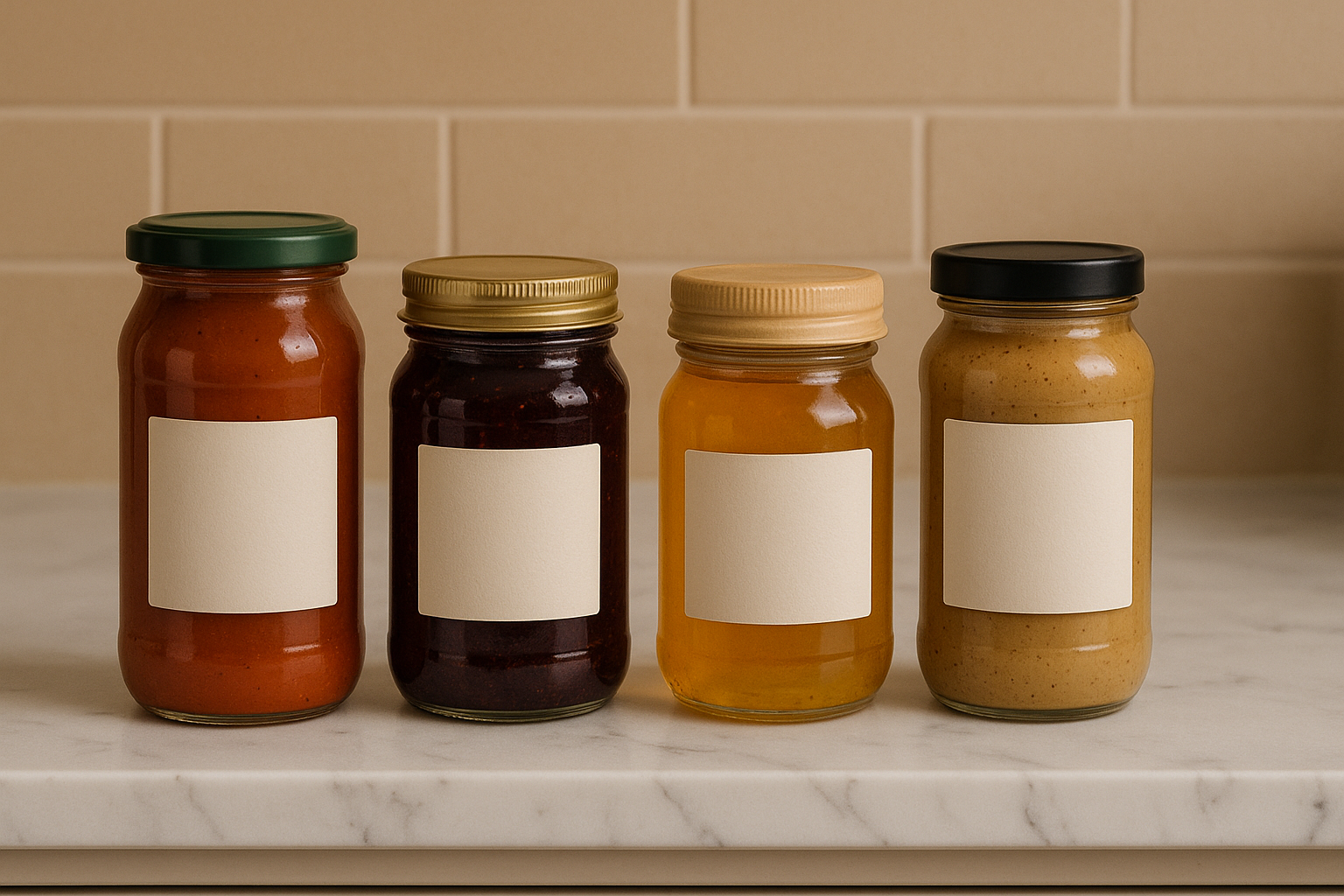
Cosmetics and Personal Care
- Perfume, skincare, and essential oil brands prefer glass for luxury perception.
- Lightweight glass packaging designs allow innovative bottle shapes while being eco-friendl.
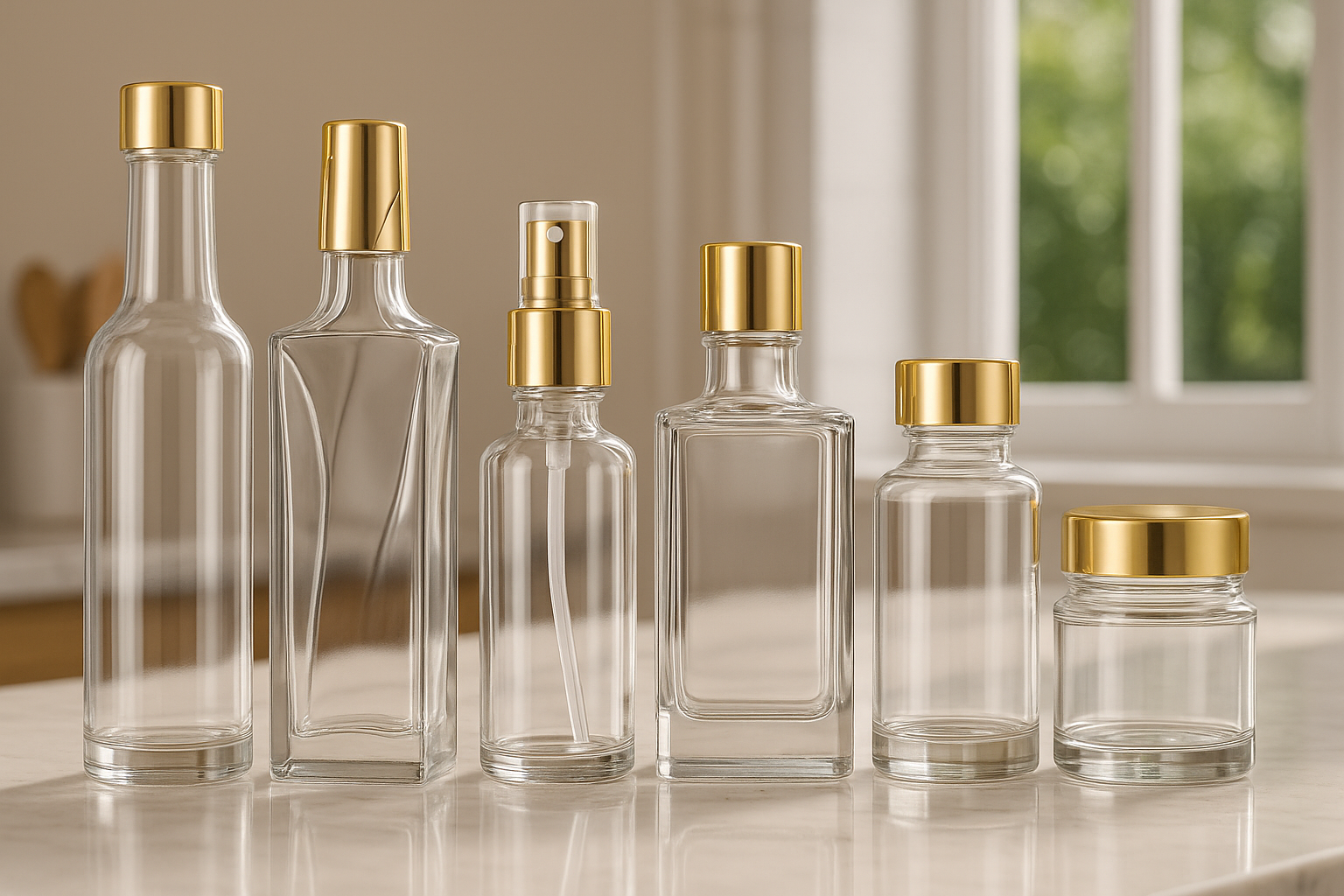
Pharmaceuticals
- Glass ensures chemical stability and safety.
- Lightweight pharmaceutical vials reduce logistics costs without compromising integrity.
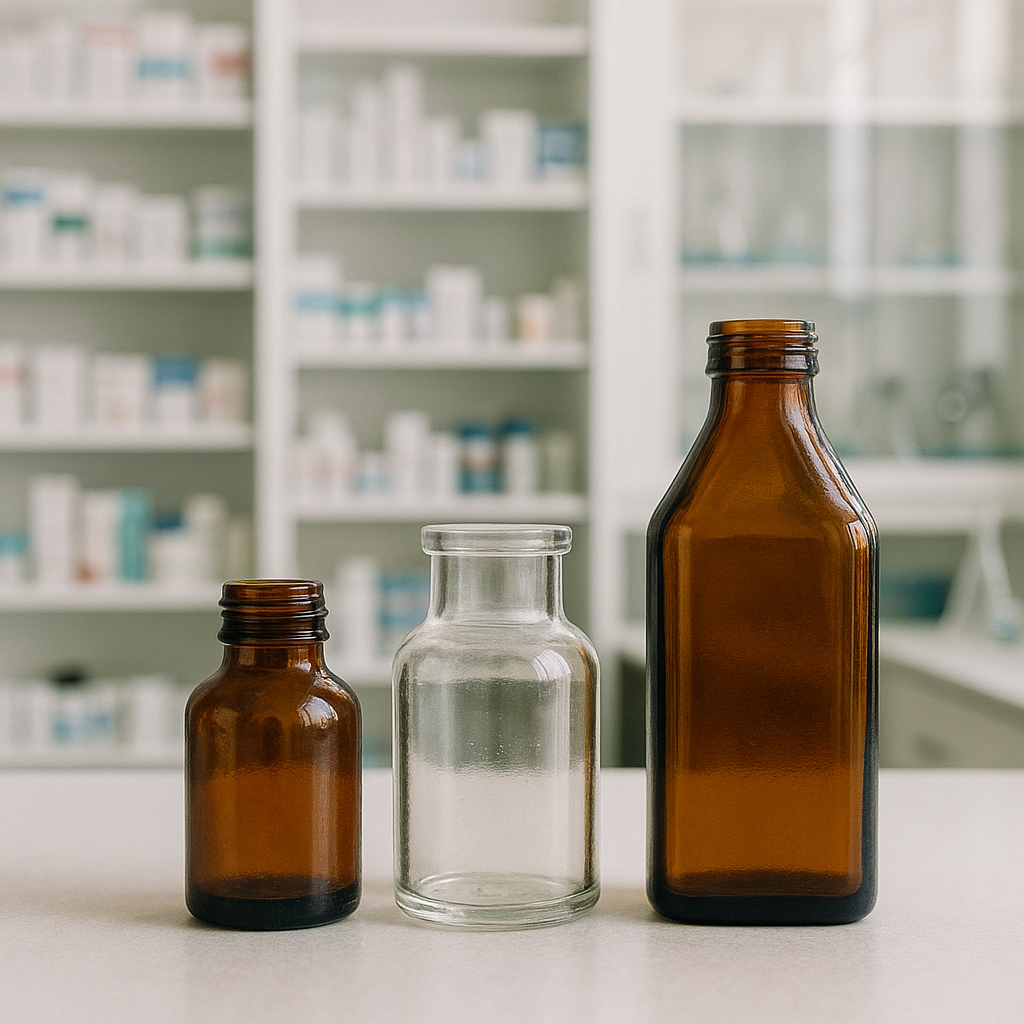
The Future of Lightweight Glass Packaging.
The global packaging market is rapidly changing and lightweight glass packaging is a core of sustainability in terms of innovation.
Market Growth: It is estimated that the lightweight glass packaging market will have a CAGR of 5-7 percent up to 2030.
Technological Developments: Ultra-thin and durable glass containers are being developed through the use of Smart manufacturing, AI-driven design, and robotics.
Consumer Advocacy: As Gen Z and Millennials become increasingly eco-conscious in their purchasing behavior, the growth of lightweight glass will only accelerate
Ajanta Bottle: 44 Years of Packaging That Builds India’s Shelf Presence
With over 44 years of legacy in the Indian packaging industry, Ajanta Bottle has become more than just a packaging supplier—it is a trusted partner to brands looking to scale, differentiate, and lead through design.
From the early days of supplying classic glass containers for pharmaceuticals and household staples to now providing premium glass jars, lightweight bottles, and customized aluminum cans for food and beverage businesses, Ajanta has stayed ahead by understanding what packaging really means in a competitive market.
We have worked with countless Indian brands, both legacy and new-age, helping them:
-
Launch shelf-ready products with strong first-impression value
-
Shift from plastic to glass to enhance sustainability and consumer trust
-
Integrate packaging design with brand stories for premium perception
-
Optimize for retail stocking, e-commerce delivery, and food service convenience
Our in-house decoration unit, innovative packaging machinery under Akikai, and continuous investment in research and customer education (through platforms like PackSchool) make us uniquely placed to support packaging transformations that matter.
Whether it’s a cold-pressed juice in a sleek amber glass bottle or a handcrafted pickle in a heritage-inspired jar, Ajanta Bottle enables food and beverage brands to lead with packaging that speaks louder than words.
We don’t just supply containers.
We build packaging stories that sell.
Ready to create the perfect glass packaging for your brand?
Connect with us:
● Email at sales@ajantabottle.com
● Phone/Whatsapp: +91 9891098918
You can also shop from more than 500+ packaging solutions on www.ajantabottle.com – India’s first ever comprehensive packaging e-commerce portal.
For additional information, browse through our blog at https://www.ajantabottle.com/blog/ or subscribe to our latest updates through our social media channels,
*YouTube channel: https://www.youtube.com/c/Ajantabottle
*LinkedIn Page: https://www.linkedin.com/company/ajantabottle
*Facebook Page: https://www.facebook.com/glassbottleindia
*Instagram Page: https://www.instagram.com/ajantabottle
*Google Business Profile Manager: https://g.page/r/CXTH9MKpe2DuEBM/review

